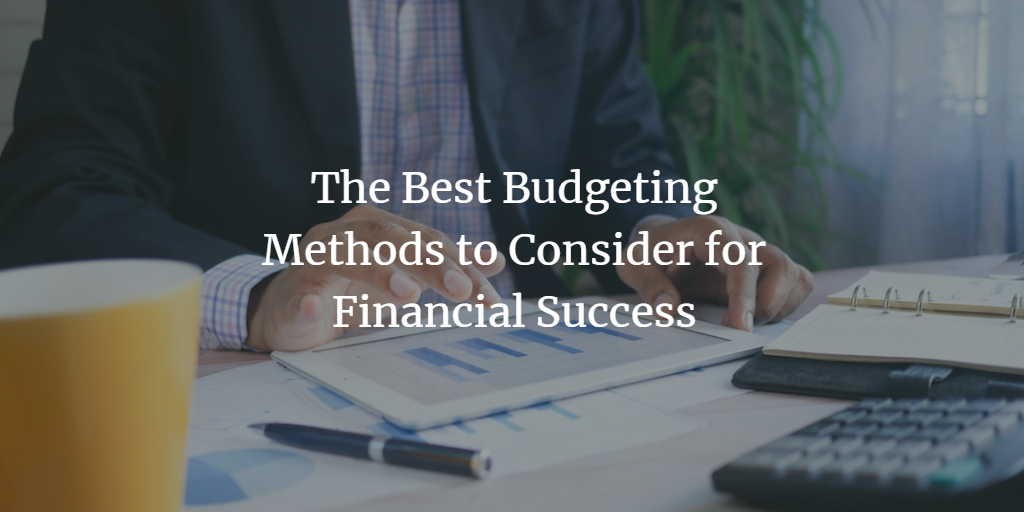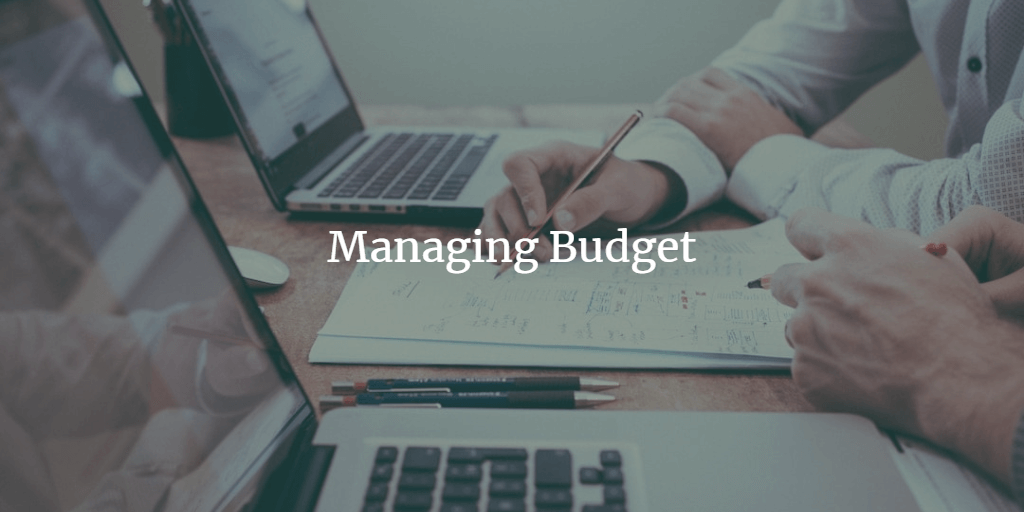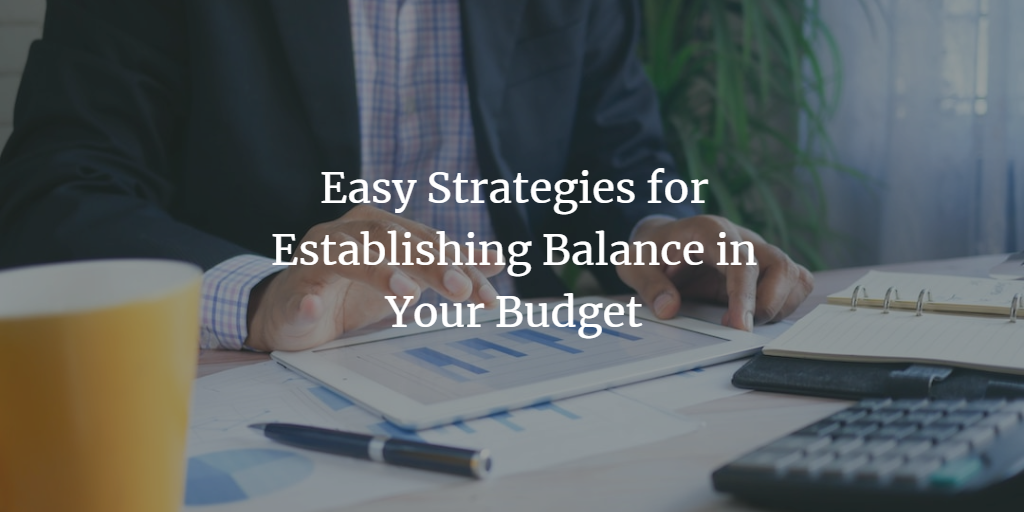In our previous posts we have learned about Creating Budget and Maintaining It which is considered as the first step towards the financial journey. When we create a budget, we always are sceptical about what the ideal budget looks like. There is no such ideal budget, to be honest, it is up to the individuals to try different budgeting techniques to find out which works for them. There are a lot of budgeting methods which we can consider when we create a budget or when we try to optimize a budget.
There are quite several budgeting methods, and the problem is with so many out there it makes it hard to find the one which works for you. This is because when we create a budget, it should be personal to ours. Simply put, we cannot just take someone’s method and try to apply it to our finances, which doesn’t work. When we create a budget, it should be aligned to our current situation and goals and thus creating a budget for ourselves makes sense. I am not saying that we should start with complex budgeting methods from the start, we can always start with simple budgeting methods and try to optimize it as per our situation.
Let us go through some of the most popular and different types of budgeting methods and let’s find out which can be the right one for us.
The Cash Envelop Budgeting System
The cash envelop budgeting system is one of the popular options when you are on a tight budget. One thing to note here is that the Envelop Budgeting system works best for people who use cash mostly.
Using this budgeting system you will be assigning an envelope to each category. The categories are groceries, entertainment, rent, savings etc. And then you will divide your money such that you will assign money to every category. When you exhaust money from a certain envelope, you cannot spend more money in that category.
For example, if you have allocated Rs 10K per month for the grocery budget, then you will put Rs 10K cash in the grocery envelope and named that envelope “Groceries”. If you exhaust Rs 10K for groceries, then you cannot spend more than that on Groceries.
This is a great budgeting method because you only spend that much which is required in that category and not overspending it. Also for the first timers, it is a great way to start because using it you will make sure how much you spend in each category. It helps you to stick to the budget too.
The 50/30/20 Budgeting Rule
This is the best budgeting method to get started and it is designed mainly for beginners. Using this budgeting method, your income will be divided into three categories which are essentials, wants and savings.
The 50% is allocated for essentials which cover your necessary expenses like rent, groceries or utilities. The 30% goes for wants which is for discretionary spending like entertainment, dining out etc. And the rest 20% is for savings for your long-term goals like retirement, or any other personal goals.
This is the best budgeting method for beginners because it is quite easy to follow and helps you to be mindful of your spending. You can tweak the goals as per your choice where you can increase your savings and reduce the needs or any other customization. The only thing you should keep in mind is that you should not go for less than 20% of your savings.
The Zero-Sum Budgeting Method
Using this method, you first need to track all your expenses for the month and then subtract those expenses from the total income. This will give you the amount left with you which you can save for that month.
Any money left after the fixed expenses should go into savings building your emergency income or any debt repayment. Now you have to constantly track your expenses and try to cut some expenses so that you can increase your savings.
This looks to be a little restrictive but it’s a great way to handle your spending so that your expenses can come down and your savings can go up.
Pay Yourself First Budgeting Rule
Last but not the least this is the best budgeting methods in my opinion. It is quite simple and can be started by anyone, begineers or experienced. Though it’s simple but it is one of the effective way to make sure you save as much as money as possible. So this budgeting method means that every time you receive a paycheck, you are going to keep certain potion of it to savings or use for any debt repayment. So whatever is left after paying yourself, you can use for living expenses like paying bills, rent, groceries etc.
The percentage you pay yourself depends on your financial situation, it can be 5%, 10% or even more. The mos important thing to note that you have to pay yourself first and the remaining amount should be used for expenses.
FAQs
What are the different budgeting methods available?
The different budgeting techniques are:
- Envelope budgeting
- 50/30/20 budgeting
- Pay yourself first
- Zero-based budgeting
How do I choose the right budgeting method for my financial situation?
To choose the right budgeting method you have to access your financial sitiation. The best begineer friendly budgeting method is 50/30/20 rule which can help you to become discipline and start saving atleast 20% of your income.
Can you explain the envelope budgeting method?
In envelop budgeting method you will be assigning an envelope to each category. You will be allocating your money for each envelop i.e. for each category. Use that money for that category only and when you exhaust money from that envelope, you cannot spend more money in that category.
What is zero-based budgeting, and how does it work?
The Zero-based budgeting means that after you subtract your expenses from your income, the money should go into savings. You have to constantly track your expenses and try to cut some expenses so that you can increase your savings.
Are there any budgeting apps that support multiple budgeting methods?
The budgeting apps which we recommend are
- YNAB, for zero-based budgeting
- Goodbudget, for envelope budgeting
- EveryDollar, for zero-based budgeting
- PocketGuard, for paying off debt first
It’s always better to start first with any budgeting method and customise it as per your situation. So, which budgeting method should you use to achieve your financial success? It depends on your specific goals and circumstances. But, no matter which method you choose, make sure to stay organized, be consistent, and be patient. With time and effort, you’ll be on your way to financial success!
 Gopesh Sharma
Gopesh Sharma 
 The Fundamentals of Personal Finance - Managing Budget
The Fundamentals of Personal Finance - Managing Budget